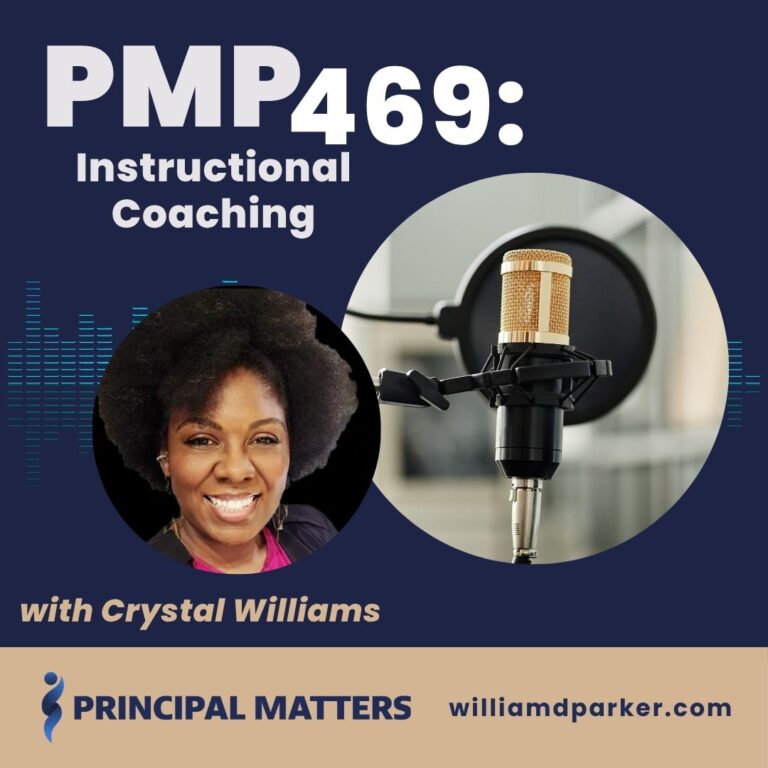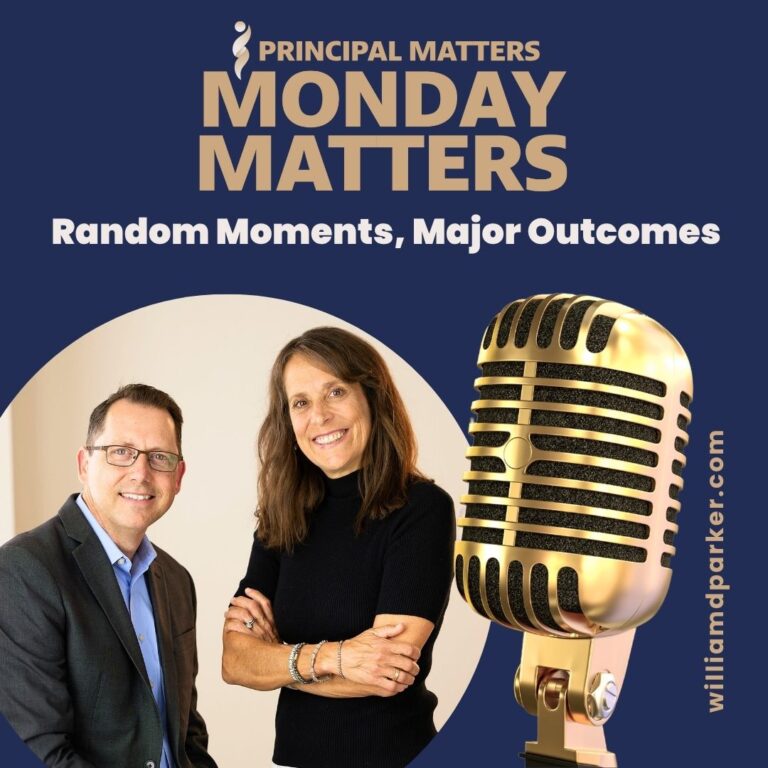One day I was standing outside my classroom during a passing period when I suddenly had one of those Jedi-moments that teachers have–when I could tell something was about to happen.
I could just feel a change in the hallway tones and hums, and I saw some unfamiliar movement by the doorway of a classroom down the hallway and to my right.
Out of curiosity, I made my way that direction, and then I saw a rush of students jostling just inside the door. When I pushed through, I caught sight of three students tangled in a fight: a boy and girl ganging up one boy who was trying to fend off their blows.
The teacher in that room was new, and she was sitting behind her desk with her eyes wide and her mouth open, but she wasn’t saying anything or moving a muscle. Another veteran teacher had heard the ruckus, and came in behind me.
She grabbed the assaulting girl who began cursing and scratching while I jumped between the two boys. The boy who had teamed up with the girl (I found out later they were brother and sister who had decided to jump the boy together) was still hitting the other one as I told him to stop and tried to block his blows to the boy’s head.
I finally gave up on my “use a loud teacher voice” and useless intervention techniques and moved behind him, taking him to the ground. He was pulling at my arms and biting me until our wrestling coach stepped in the room, grabbed him by the nape of the neck and held him against the wall by his collar.
Before long both kids had been hauled to the principal’s office, and the other boy had been taken to the nurse’s office. The female teacher who had jumped into help had taken a verbal railing by the girl she held. The girl had called her every profanity you could imagine.
After they had been deposited in the principal’s office and the other teacher and I had given a quick report on what had happened, we made it back to our rooms.
And what did we do then? We taught our classes.
Sometimes I wonder what people do in other professions that require light combat or breaking up fights. I imagine the participants might towel down afterwards, maybe rehydrate with some sports drinks, or possibly even debrief with their teammates. But when educators break up fights, usually they just turn around, step into a room full of students, and teach.
Now that I’ve been in high schools for twenty-one years, I can honestly say that most school fights bore me. They are kind of like being subjected to watching the same bad movie you didn’t like the first time–this time with different actors who aren’t any better than the ones before.
Honestly, I feel the same way about IEP’s. I know these are important team meetings so that every student identified with special needs has and Individualized Education Plan. But the scripts are almost always the same. And no matter how much I like the others at the table, sometime within the first five minutes, I find the voices turning into Charlie Brown-teacher-droning, and my vision goes blurry.
As an administrator during IEP’s, I find myself fighting to maintain concentration. Honestly, I feel like a computer that is simply running the scenario through an algorithm that is programmed to stop if I hear keywords that flag a possible conflict.
For instance, I can be going into a semi-coma when I hear the supervising teacher say the student has opted out of the college-curriculum but has failed to mention the additional art elective he will now be required to take. I reverie out of my stupor to suggest we take a look at the transcript. The correction is made, and I enter back into a monotonous déjà vu.
School leadership sometimes has its more inspiring moments, but not all moments in a day can be ones of pure enjoyment, and the long-list of less-enjoyable to-do’s can sometimes feel overwhelming. Most admins I talk to include reading emails in their list of most dreaded tasks. I don’t know about you, but I average between sixty and seventy emails a day.
The truth is that all of the tasks involved in our work–even the most obscure or seemingly insignificant–are still an important pieces, albeit sometimes painful ones, in building healthy school environments.
But if you’re like me, you also want time to be a part of the school moments that are inspiring, reenergizing, creative, and productive.
So whether it’s student discipline, IEP’s, emails, or other repeated tasks, how can you manage all of these sometimes unpleasant demands while still finding time to do the tasks that bring you energy or get you fired up about school?
With that in mind, let me share 7 quick tips on managing time so that you can still do what matters most to you:
1. Schedule ahead for time in classrooms.
Nothing re-energizes your batteries like being with students in positive settings. So at the beginning of each year, take the list of teachers you will observe and evaluate and schedule them all in advance. Because of the size of my team, this averages out to at least two full class periods a week with teachers and students. This may not seem like a big commitment, but prioritizing these blocks of times in advance will give you a minimum time-frame to expect each week so you don’t end up managing so many reports or meetings that you fail to be in classrooms.
2. Walkthrough your building every hour.
Make it a daily goal to be out of your office during passing periods. This allow you to see students and connect with teachers. When our bell rings, I am already in the hallways so that I can walkthrough the building or classrooms for quick glimpses of what’s happening throughout the school.
3. Batch your more mundane tasks–like reading emails.
When you really want to clean-out you inbox, try to dedicate a specific time to the task. Occasionally, I will schedule a meeting with myself so that I can have a concentrated 30-40 minutes to plow through the ever-growing inbox queries. Focusing concentrated time on this task saves time in the long-run.
4. Set Google preferences in your email settings.
If your school email accounts are managed through Google email accounts, you have the ability to set preferences on your emails. For instance, if I am receiving promotions or ads, I can set preferences to automatically mark these as read. Or I can mark others to simply be automatically deleted. You’d be surprised how much time this saves.
5. Set preferences on HelpDesk requests.
Also, if your teachers use an online system for sub requests, maintenance requests, and technology support, set preferences on those to first go to your secretary’s email inbox or someone who in the office who is at their desk throughout the day. Because my secretary stays at her desk throughout most of the day, she can more easily check calendars or forward on to appropriate individuals. If it is an issue she knows I need to help manage, she forwards an alert to me.
6. Set specific meeting times on your calendar in advance.
In addition to time scheduled in classrooms, set dates in advance for faculty meetings, department chair meetings, data team meetings, district admin meetings, student leadership meetings, activities/athletic events, and so much more. By putting these events on the calendar in advance, you can see what windows of time you still have open for other tasks.
7. Shift-the-Monkey
I know I’ve mentioned this before in other posts, and I’ve heard the analogy used by both Dave Ramsey and Todd Whitaker, but when you are consistently hearing suggestions from others on new ideas for your school or items that need attention, don’t feel responsible for the to-do’s involved in every change.
For instance, if a team member is in your office and sharing with you a great idea on an assembly he or she wants to have to recognize student scholarship recipients in the spring, don’t let them leave the room till they have agreed to manage the idea by planning, organizing, and owning the effort. New ideas aren’t bad, but sometimes they are like little monkeys that start running around until you grab them and put them into action.
The idea (or monkey) they let loose in your office needs to be placed back on their shoulders before they leave the room. This is not because you don’t want to help, it is because your plate is already full (if you’ve already pre-set your priorities and schedules for the year, you will know where you do and don’t have time). The point is: allow others to be a part of the solution when they bring ideas for new initiatives.
Conclusion
Distractions and conflicts are inevitable parts of every school culture, but school leaders easily burnout if you don’t take time to plan in advance, control your calendar, batch tasks, and delegate responsibilities so you still have time the important, not just the urgent. Planning ahead does take some time, but in the long run it frees you up for the to-do’s you’ll enjoy even more.
Now It’s Your Turn
What are some ways you can invest time on the front-end of the year that will save you more time on the back-end of your school year?
Sign-Up For Free Updates
When you enter your email address here, you will automatically receive my newest posts. Let’s keep learning together!
Principal Matters–The Book!
School leaders are very busy, so each of the twenty-four chapters is designed as a quick-read and followed with take-action questions for follow-up or reflection. If you want practical ideas on understanding your purpose, managing school teams, dealing with challenges, and leading with courage, action, motivation, and teamwork, go HERE to pick up a copy for you or your team.




